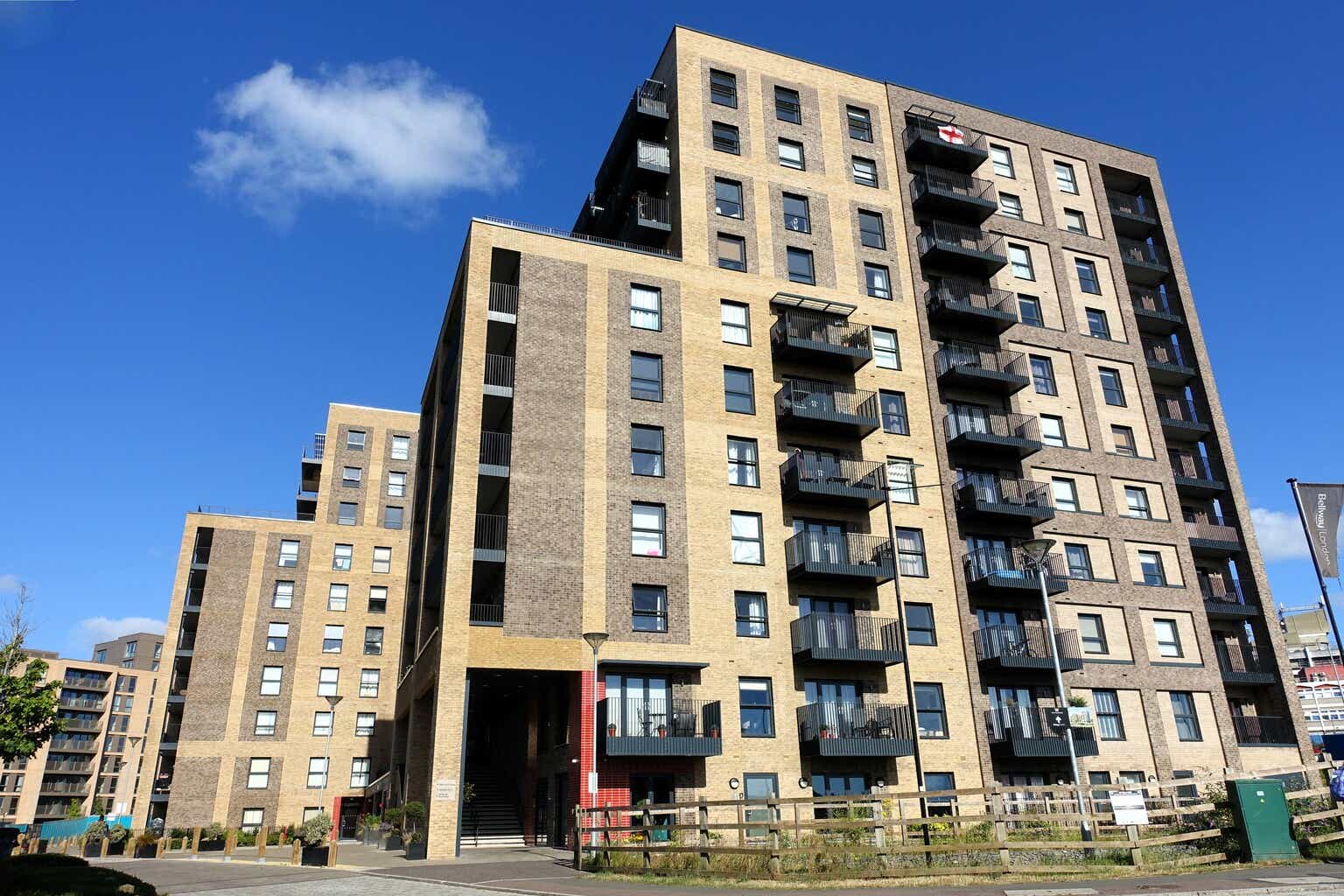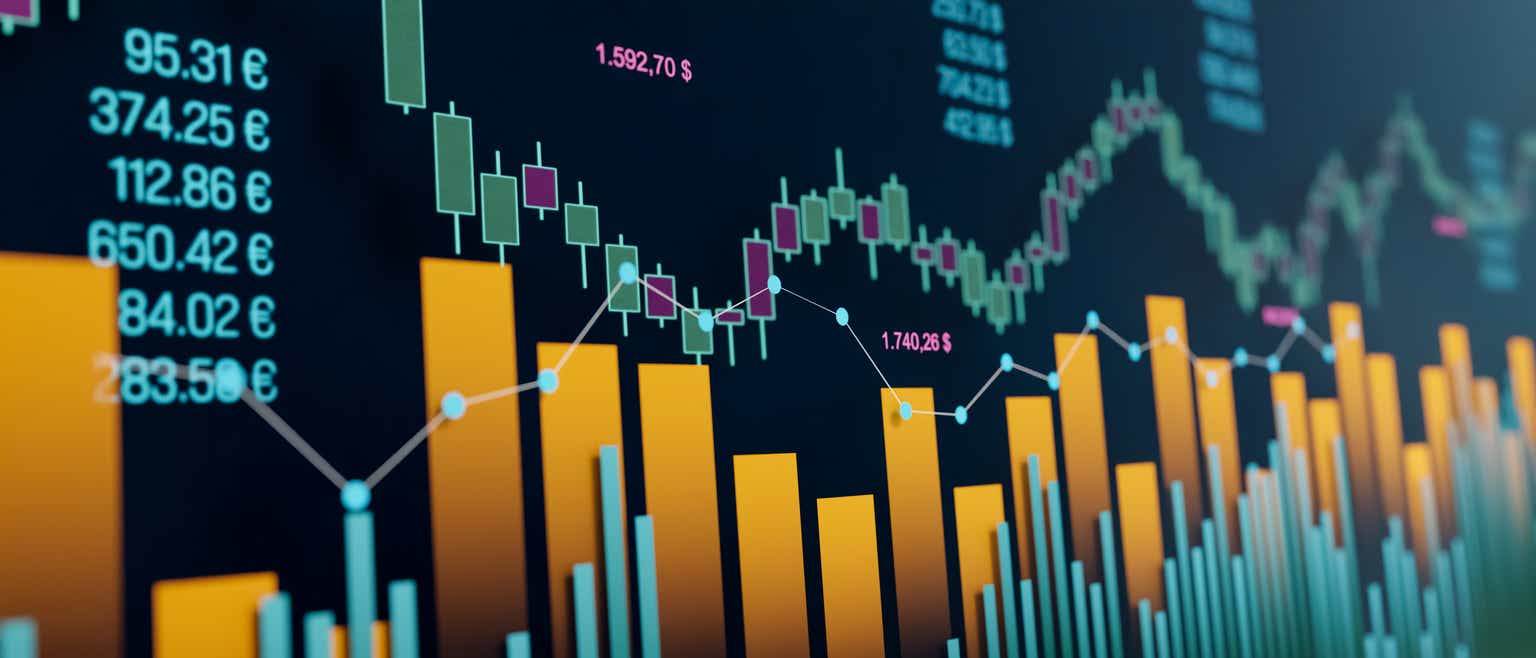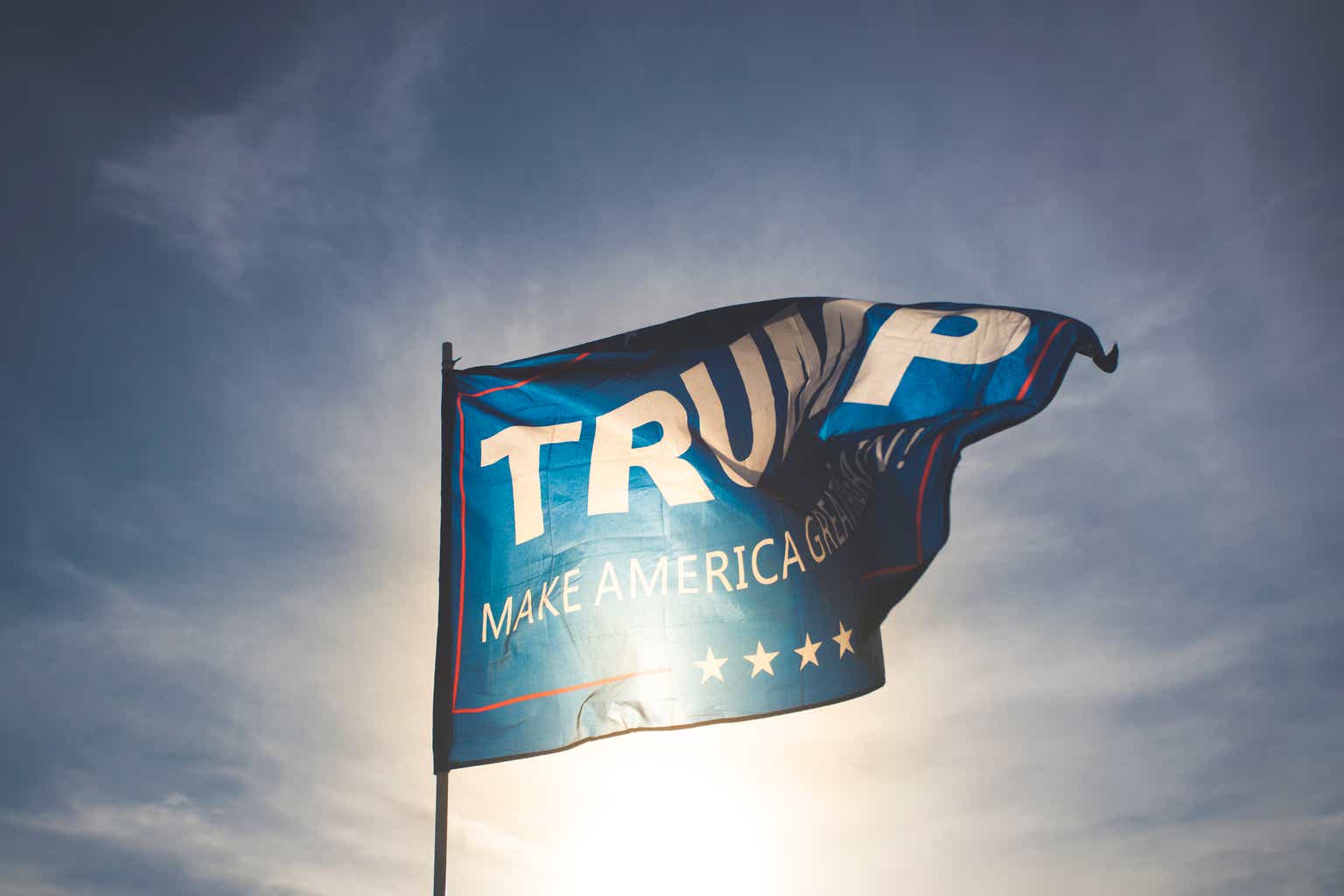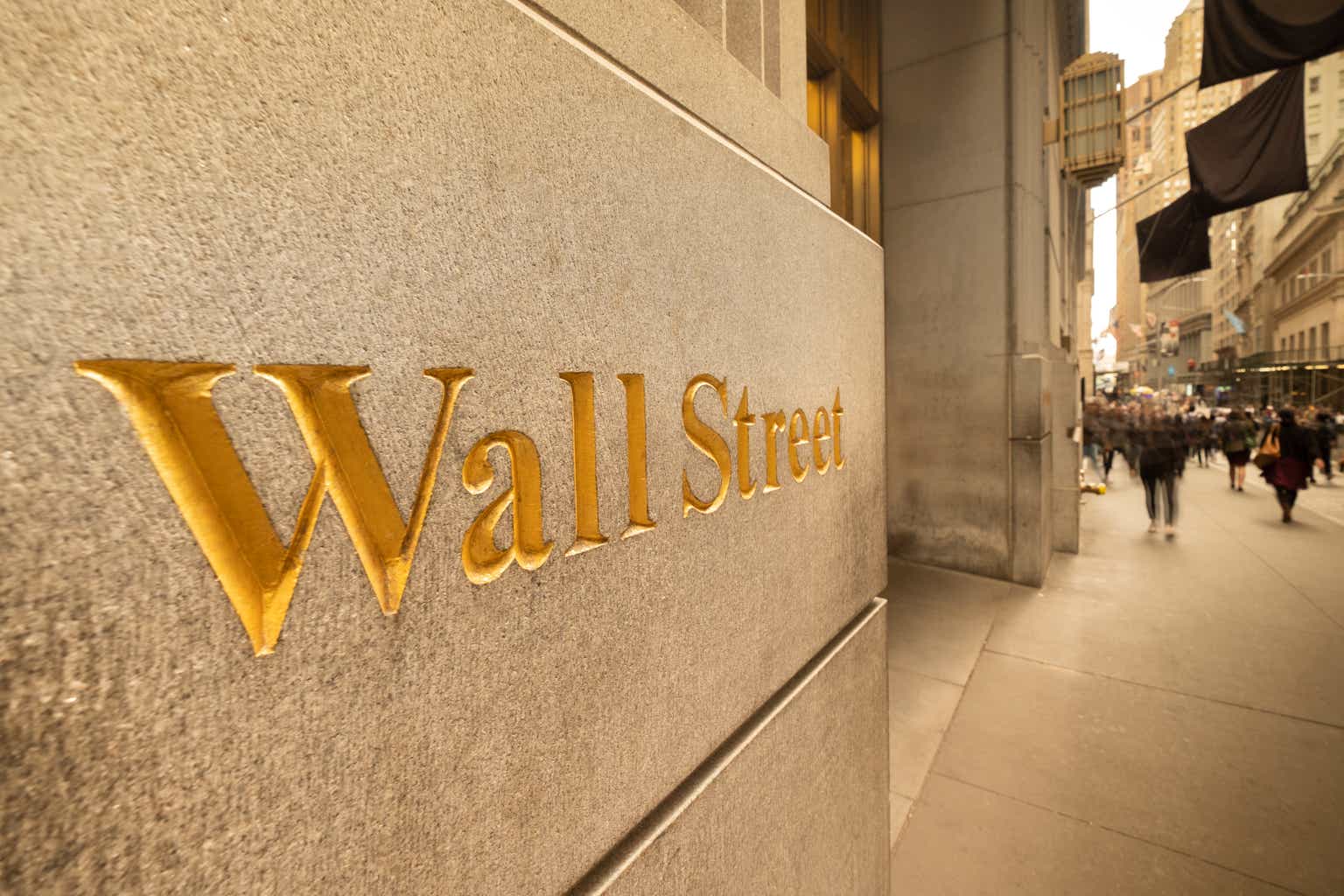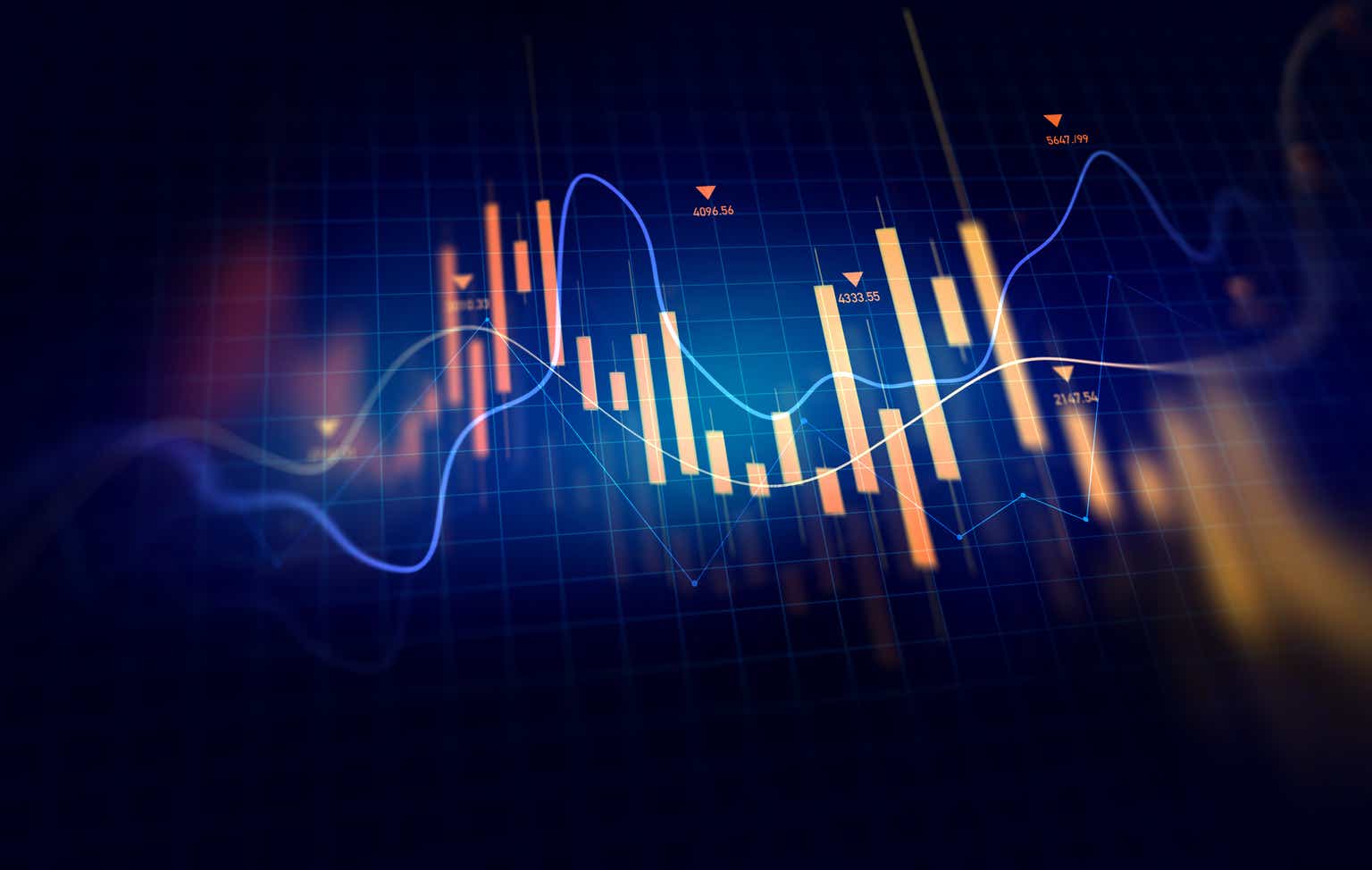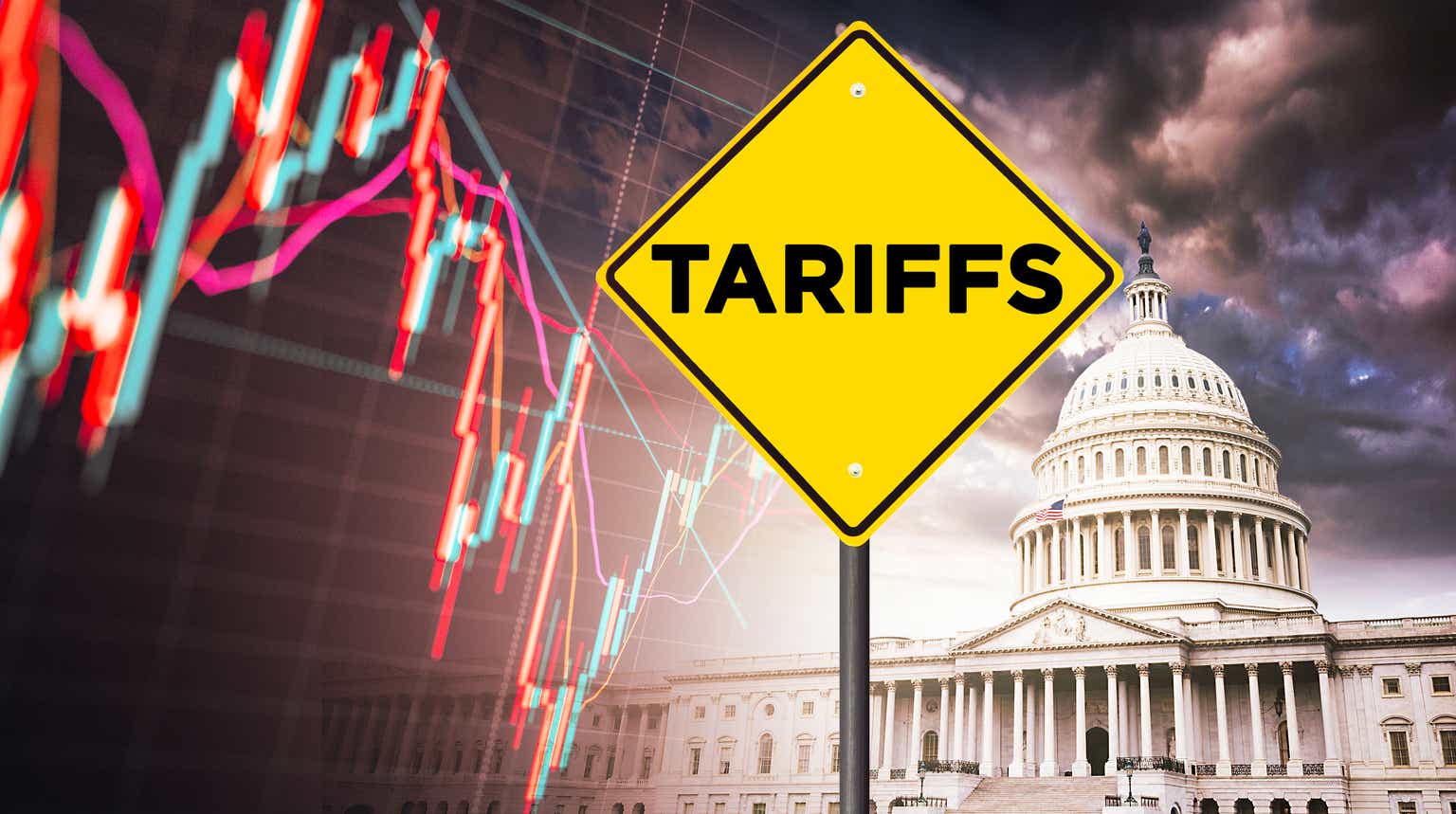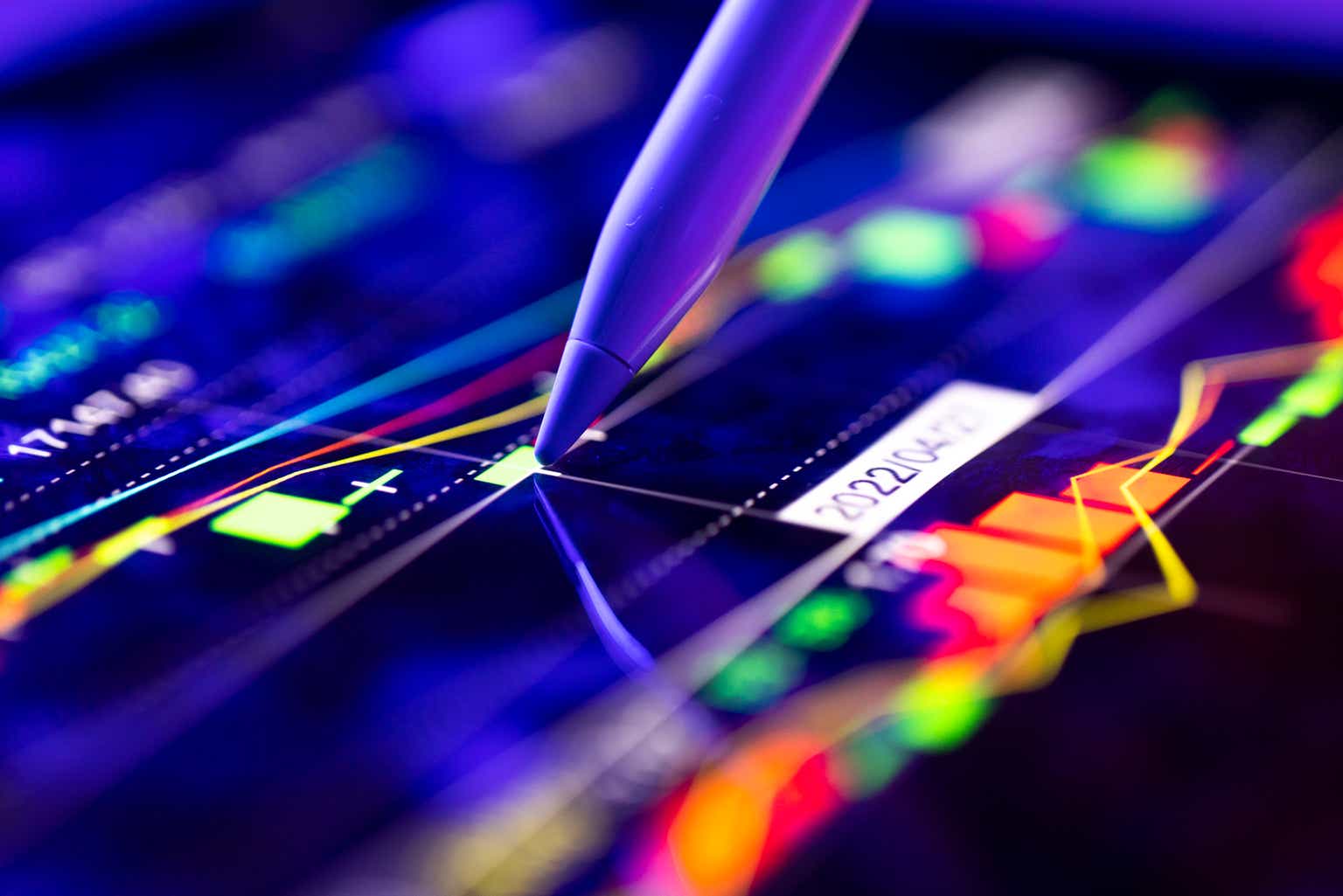Introduction
We are writing this on April 7th, just days after Trump’s “Liberation Day”. What a calamity! The Index is down 10.4% in two days (in EUR terms) 1, 2. The “Trump Bump” has turned into a “Trump Slump”. And to think just a few months it seemed universally accepted that his re-election would be positive for markets. How quickly times have changed. It’s anyone’s guess as to global growth ramifications – but it surely will not be positive and equity prices should suffer. However we are sure Trump and tariffs are entirely to blame for the sell-off. As US Treasury Secretary Scott Bessent points out, markets peaked in mid-February. 3 We suspect that investors needed good reason to catalyse a correction – which many punters felt was inevitable.
Even after the sell-off, you don’t have to go back too far to see that returns from investing in richly priced stocks have been extraordinary. The following table puts a few things in perspective.
Table 1: Returns Since End of 20221,3
|
End Date |
31-Dec-2023 |
31-Dec-2024 |
31-Dec-2024 |
31-Dec-2024 |
08-Apr-2025 |
08-Apr-2025 |
08-Apr-2025 |
|
Time Period |
1yr |
1yr |
2yr |
2yr (ann) |
68 days |
2yr 68 days |
2yr 68 days (ann) |
|
MSCI World (USD) |
23.8% |
18.7% |
46.9% |
21.2% |
-11.9% |
29.4% |
12.0% |
|
MSCI World (EUR) |
19.6% |
26.6% |
51.4% |
23.0% |
-16.4% |
26.6% |
11.0% |
|
Nasdaq |
43.4% |
28.6% |
84.5% |
35.8% |
-20.9% |
45.9% |
18.1% |
|
S&P500 (SP500, SPX) |
24.2% |
23.3% |
53.2% |
23.8% |
-15.3% |
29.8% |
12.2% |
|
Nvidia (NVDA) |
239.0% |
171.2% |
819.6% |
203.2% |
-28.3% |
559.5% |
129.7% |
|
Tesla (TSLA) |
101.7% |
62.5% |
227.8% |
81.1% |
-45.1% |
80.1% |
29.6% |
| Nvidia and Tesla were selected as they are the members of the “Mag 7” with the highest two year returns to 8 April 2025 |
We’d take a 129.7% annualised return any day of the week. Hell – we’d even take 29.6%!
For the quarter, the Fund was up 1.7% in USD terms and 1.1% in AUD terms, but with a strengthening currency in EUR terms it was down 2.4% 4. For what it is worth, last quarter the Fund posted a positive return but underperformed the Index, whereas this quarter the Fund’s returns (in EUR) were negative but it outperformed. We much prefer the former.
Snapshot
- As we try to assimilate the ever changing Trump directives, and we digest and process company’s full year earnings, we were decidedly quiet on the trading front. In fact, we only made one trade.
- Alibaba (BABA) was the bright spark, with a return of 55.3%. Management’s confidence in its cloud / AI business appears the main catalyst, although as we discuss later, it is likely other factors played a role too.
- Healthcare did well, with McKesson (MCK), the drug distributor, up another 18.2%. HCA Healthcare (HCA), the hospital owner, largely recovered from last quarter’s dismal performance, and was up 15.4%.
- Concerns over Trump’s tariffs caused a noticeable drop off in business confidence through the quarter. How can one possibly make investment plans when the goal posts keep moving?
- Robert Half, (RHI, the recruiter), and Thor (THO, the recreational vehicle producer) are awaiting rebounds in business and consumer confidence. With the opposite occurring, their share prices suffered. They were down 21.8% and 20.4%.
- Alphabet (GOOG,GOOGL), ie Google, was down 18.2% (we suspect it was just caught up in “Mag 7” demise, and Linamar (OTCPK:LIMAF), being particularly hit by proposed tariffs, was down 11.8%. Dick’s (DKS) was down 11.4%.
- We hold the same 20 positions and ended quarter with 18.9% cash.
Contribution
Table 1: Contribution Details
|
March 2025 |
Quarter |
Last 12 Months |
|||||
|
Stock |
End Weight |
Beg. Weight |
Return |
Contribution |
Beg. Weight |
Return |
Contribution |
|
Liberty Broadband (LBRDK) |
4.3% |
4.1% |
14.3% |
0.5% |
4.9% |
48.8% |
2.9% |
|
Alibaba (BABA) |
4.2% |
3.0% |
55.3% |
1.4% |
2.5% |
80.7% |
1.9% |
|
McKesson (MCK) |
G.9% |
G.3% |
18.2% |
1.0% |
G.3% |
25.8% |
1.5% |
|
Group 1 Automotive (GPI) |
3.4% |
4.1% |
-9.3% |
-0.3% |
4.8% |
31.1% |
1.5% |
|
Agnico Eagle Mines (AEM) |
3.3% |
38.2% |
1.3% |
||||
|
Visa (V) |
4.3% |
4.2% |
11.0% |
0.4% |
31.4% |
1.2% |
|
|
Robert Half (RHI) |
2.4% |
3.3% |
-22.0% |
-0.G% |
2.0% |
-29.G% |
-0.9% |
|
Thor Industries (THO) |
1.7% |
2.3% |
-20.5% |
-0.4% |
2.9% |
-34.5% |
-0.9% |
|
Samsung Electronics (OTCPK:SSNLF) |
2.0% |
2.0% |
8.7% |
0.2% |
3.5% |
-28.9% |
-1.0% |
|
Linamar (OTCPK:LIMAF) |
2.8% |
3.5% |
-11.9% |
-0.4% |
4.7% |
-29.9% |
-1.3% |
|
LyondellBasell (LYB) |
4.2% |
4.7% |
-3.G% |
-0.1% |
5.3% |
-2G.8% |
-1.4% |
|
Capri Holdings (CPRI) |
4.3% |
-42.9% |
-2.5% |
||||
|
Subtotal Equities |
36.2% |
37.5% |
1.7% |
44.5% |
2.3% |
||
|
Other Equities |
44.9% |
47.7% |
-0.4% |
38.9% |
0.0% |
||
|
Cash, Currency & Fees |
18.9% |
14.8% |
-3.7% |
1G.G% |
-1.5% |
||
|
Total (EUR) |
100.0% |
100.0% |
-2.4% |
-2.4% |
100.0% |
0.8% |
0.8% |
| Returns are time weighted, include dividends, withholding tax, trading costs and are expressed in local currency. Therefore, they may differ from the stock returns quoted in the text, which are local currency total returns. |
Activity
Table 3: Quarterly Purchases
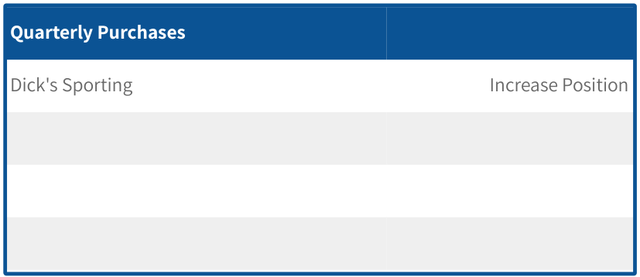
Table 4: Quarterly Sales
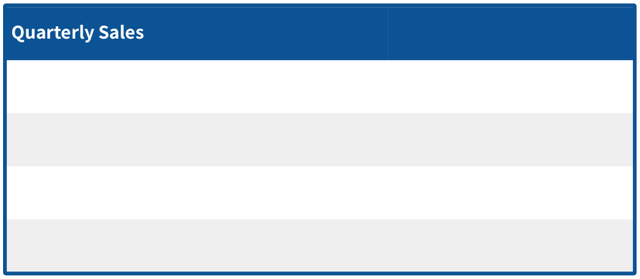
Performance Review
With what’s happened subsequently, this section may seem somewhat obsolete – but we feel it is important to include commentary that outlines our thoughts in relation to the business fundamentals of each of our investments, and our outlook prior to Liberation Day and the ensuing market malaise of early April.
Alibaba was the standout this month, with a return of 55.3%. Alibaba has traditionally been an e-commerce business, but it is now rapidly expanding its cloud / AI operations. And management sees no end to this growth, with demand for these services being well above its expectations. It states that “AI revenues” (no definition provided), have now more than doubled (on a year on year basis) for six consecutive quarters. And although it admits there is no clear path as to how the broader AI opportunities will be monetised, from Alibaba’s perspective, it simply stems from providing the infrastructure. So management has signaled a significant ramp up in capital spending to accommodate. Alibaba has been a terrible performer over the past four years. We suspect this was part due to the poor economic environment in China, part due to its e-commerce business failing to meet expectations (even after accommodating for the poor consumer environment) and part due to deteriorating relations with the authorities (which increased perceived investment risks). But there has been more positive news recently, with the suggestions that it is the prime provider of AI services to Apple in China, and the announcement of a partnership with BMW to integrate a bespoke AI engine into its Intelligent Personal Assistant. Up until recently, we were comfortable with the Fund’s Alibaba’s position because its share price was materially lower than our view of its value (which did not account for a rapidly growing cloud business). That upside from its cloud / AI operations, and perhaps from a more collaborative relationship with the Chinese government (which now seems evident), appears (at least to us) to now largely be factored in its share price. This prompts us to closely consider this position, which has grown to 4.2% of the Fund.
McKesson, the drug distributor was up 18.2%. It released a decent set of results which included management narrowing and upgrading (again) its guidance, and its acquisition of a controlling interest in PRISM Vision (with 1,890 providers across 91 offices). Thus, Ophthalmology will sit aside Oncology as a complementary business. It also sold two Canadian operations to rationalise its portfolio. Management reiterated its long term EPS growth expectations of 12-14%. This was not a full year result, and we did not make any material changes to our valuation. The business looks fully priced trading at a 25% premium to our valuation – but that valuation is predicated upon more conservative earnings than management’s current guidance. And we also consider that, for the six years we have held this business, we have consistently been updating and increasing our valuation. Valuation is a blend of art and science and given our valuation has proven to be conservative, like other positions in the portfolio we will maintain the investment when we judge it to be appropriate. McKesson represents G.9% of the Fund.
HCA Healthcare, the hospital and ambulatory site owner/operator, (up 15.4%) released its full year results. Management provided 2025 guidance of revenue up 5.2% and EPS up 13.4% – a little above our estimate of its maintainable earnings. We suspect the concerns over possible regulatory changes (which we wrote about here) have been put on the back burner whilst the market digests the tariff implications. We ended the quarter with a 7.9% position, which, given its current price and our view of its value, we are reasonably comfortable with.
We discussed in our last report that we saw no reason for Liberty Broadband (up 14.3%) to trade at a discount to its implied price under the agreed deal with Charter Communications (CHTR, up 7.5%) – particularly noting that one of Liberty’s businesses, GCI, is not included in that deal. The returns this quarter reflect a narrowing of that discount. We are impartial as to how we access these broadband infrastructure assets, and the Fund’s total position in them is 5.8%. During the quarter Charter reported its full year results. There were a few hiccups from the hurricanes and fires (not unexpected), but pleasing news was the high (circa 90%) retention of the formerly subsidised Affordably Connectivity Program customers. We made minor tweaks to our valuations, but we still see the share prices of both companies trading at a small discount and we are comfortable with the Fund’s holdings as represented by its positions of 1.5% in Charter and 4.3% in Liberty.
Other strong performers were Visa (up 11.1%) and Samsung, which rebounded a little from its prior dismal performance to return 9.3%.
Turning to the “not so good” performers.
Robert Half, the recruitment and out placement specialist, was down 21.8%. Its fourth quarter results were disappointing (but it was expected). On a brighter note, at the time of reporting management did note a pick up in business confidence late last year and into the early part of this year. Client discussions had turned turning decidedly more positive. However there is no doubt that with the increased uncertainty and the decline in business sentiment since, that information is now obsolete. This business is in an earnings trough, and it is fair to say that we misjudged its cyclicality. And now with this hit to confidence, the bottom of the cycle is continuing for far longer than management (and us) expected. We reviewed (and lowered) our margin assumptions and hence our valuation . Whereas previously it traded at a slight premium to it, it now trades in-line. The Fund’s position is now 2.4%. With its current low price, we are prepared to bide (more) time on this one.
Thor Industries, the recreational vehicle producer, (down 20.4 %) provided a quarterly update. Just like Robert Half, management commented that it had seen indications of rising dealer optimism and strengthening consumer confidence late last year and early this year. However, by mid March it reported that confidence had declined to such an extent that it expects will impact its full year results (to July 2025). The revised guidance was down around 20% at the EPS level. We are again talking about a cyclical business, with a longer downturn than expected, which clearly disappointed the market. Adding to the uncertainty are the looming tariff implications, as some of Thor’s domestic production uses imported chassis, and some domestic suppliers may pass through price increases. All up – a highly uncertain and totally unpredictable environment which is reflected in the share price. When we look at “through the cycle” earnings, the business still screens cheap (at about 8 times), and generates a very healthy level of cash. At its current price, we intend to maintain the Fund’s small position of 1.7%.
Alphabet, ie Google/YouTube, fell 18.2%, no doubt largely due to the general decline in sentiment toward “tech” stocks and the “Mag 7”. Management reported results that looked okay to us, but what do we know – the share price tumbled 7.3% on the day. Apparently concerns over capital spending resurfaced as it announced it USD 75b spending plans (it seems 30% growth in its Cloud business is not enough to justify it). Management also announced the USD 32m acquisition of Wiz, a cloud security platform which is an existing Google partner and also works with Amazon’s AWS and Microsoft’s Azure. We updated our revenue and margin assumptions and factored in higher capital spending, all up leading to a higher valuation. With that, and a declining share price, it now trades at a slight discount to our valuation. It represents 4.0% of the Fund.
Linamar, the industrial manufacturer (down 11.8%) was particularly hard hit by the tariffs that were announced during the quarter. Little did we know what was to come. It reported full year results and 2025 outlook, and with the exception of a writedown of its European operations, there were no surprises. On a positive note, management hinted of acquisition opportunities and noted an increase in requests from customers to supply parts. It guided toward double margin expansion (stemming from new launches and cost improvements), double digit earnings growth, and continued strong cash flow. With what’s happened since, we are not so sure that will be achieved. It stated that it is committed to Canadian rather than US production for efficiency reasons. We made minor tweaks to our valuation that resulted in an immaterial increase. With the share price at a rather distressed level, we are comfortable in maintaining the Fund’s 2.8% position.
Despite reporting records sales, increased market share, and beating guidance, Dick’s Sporting, the retailer, was down 11.4%. It continued to successfully reposition its store portfolio (and there is far more to come), and interestingly, despite increased landlord interest, it is now prepared to buy some strategic sites. It raised its dividend, but management issued cautious guidance of only a minor increase in sales and pretty flat earnings per share. There was a marginal increase in our valuation when updated, and at quarter’s end it traded at only a slight premium to it. We think the potential tariffs were mainly responsible for its poor performance. We bought more on price weakness, and it now represents G.G% of Fund.
We ended the period with the Fund holding 18.9% cash and invested in 20 businesses.
Closing Remarks
Investing in the current environment is quite testing. In our view, now more than ever, it is reasonable to keep some powder dry. Not because we see an imminent market crash (or further declines), but because the changes to tariffs will have presently unknown implications on a number of companies. Until the tariff changes become better defined and more certain, we think it wise to hold back. After all, it is not as if (in our view) the equities market is a screaming buy.
As hard as it is for us, we can only imagine how much more difficult it is for the management teams. We think most affected within our portfolio would be the Canadian listed Linamar, as it sells large volumes of car components, industrial and agricultural equipment in the US which are manufactured elsewhere (Canada, Mexico, and Asia). And it does seem that Canada has particularly drawn the ire of President Trump.
I literally had to change my conference call notes three times in the last l4 hours because of changes on tariffs. That is not a premise to build a manufacturing strategy around. – Linda Hasenfratz – Executive Chair, Linamar, 5 March 20256
But there are also clearly flow on effects to the auto dealers we own (Autonation and Group 1 Automotive). For example, Jaguar Land Rover has now suspended all shipments to the US. And Thor sources overseas parts for some vehicles its sells in the US. It may have to raise its prices at a time when demand for its products is already depressed. And although Dick’s Sporting has negligible exposure to Canada and Mexico, and it has diversified production away from China, as we now know, the tariffs are far broader, and for other Asian manufacturing hubs, are substantially more brutal than envisaged. Likewise, with around 30% of its revenue stemming from the US, Samsung will be impacted. LyondellBasell, the plastics producer, will be hit by declining global growth, and by China’s subsequent reciprocal tariffs. Lockheed Martin is an interesting one. Will the US government provide any exemptions or other inducements to support its allies continued adoption of US military equipment, and the long term purchase contracts of foreign governments? Investing is always filled with uncertainty, but it is now more pronounced than ever.
As for the Fund’s other investee companies, they are service enterprises – although as was recently verified, their stock prices are not immune. For those businesses substantially reliant on physical assets (for example, Charter Communications and Ryanair), there is a risk that capital expenditure budgets blow out. Michael O’Leary, Ryanair’s (RYAAY) CEO, has already warned that if spread to aircraft and parts, it will hit airlines and would have to be passed on. We are not so sure that Mr O’Leary’s airline order contracts are so watertight as to preclude tariffs applying to Ryanair’s current order book which extends to 2034. And in any case, none of the Fund’s businesses would be immune from the retaliatory tariffs and the general uncertainty, poor business sentiment, and business disruption. And of course, the market’s reaction is often indiscriminate, so no matter what the fundamental exposures may be, any negative news is likely to felt more broadly than just those companies most affected.
It is sad to end the report on such a somber note, so let’s look at the positives. There may well be an opportunity to capitalise on the sell-off, should we consider it to be unwarranted. Of course, therein lies the tricky part…
We wish you all the best and thank you again for your continued interest.
Stuart Pearce, Principal
Alexis Delloye, Principal
Read the full article here




